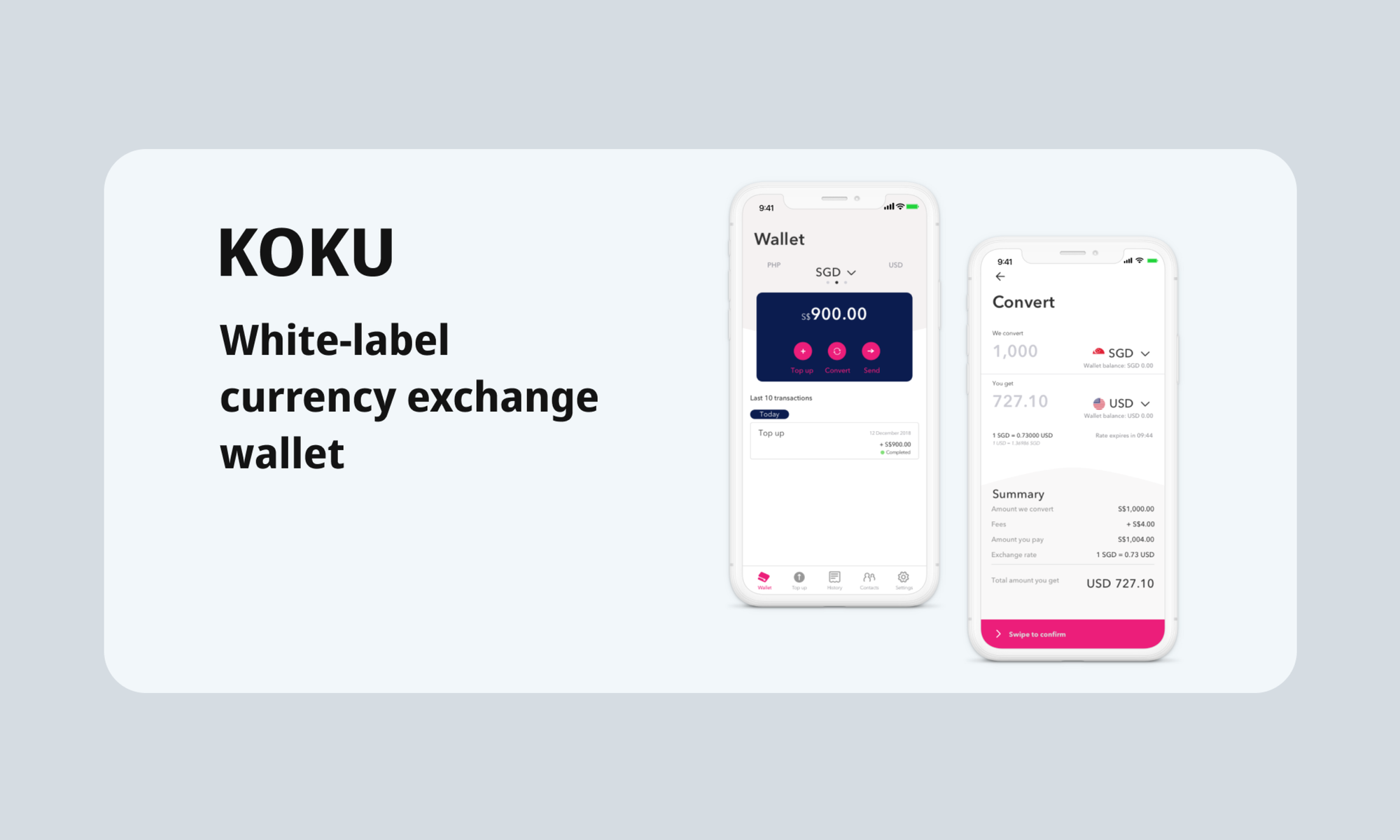Introduction 💡
Traditional remittance houses run on legacy systems and old processes. They recognise that technology platforms scale their business, but they don't have the expertise to build new systems to facilitate their operations. We designed a white-label suite of products to support these businesses to scale their operations, and meet customer demands. I am responsible for collaborating with stakeholders to guide product decisions in creating a white-label product for these businesses.
The design challenge
White-label products require sufficient flexibility and customisability to support different businesses who operate in the same industry with differences in processes.
The challenge was in understanding when to reduce dependencies on work streams, and when to allow customisations just enough to meet all the businesses' needs.
The status quo
Traditional remittance houses typically serve unbanked individuals. Customers typically queue for hours just to make one request to remit money back to their families. Before the counters open at 7am, there is already a long line of queueing customers. It's a common strategy for businesses to offer free coffee and snacks and run promotions to keep them waiting in line.
Reduce operational bottlenecks
We identified 2 areas in which our product can help to reduce operational bottlenecks:
More efficient processing
Currently, staff enters data manually for each customer's data and transaction request. Can we streamline the process?
Reduce frequency of physical store visits
Customers go down to the physical store every time they want to remit money home. The frequency is high because many of them have the habit of remitting smaller amounts in higher frequency, rather than a lump sum approach. Perhaps the greatest pain point is having to take an off day every time they need to remit money.
Efficient processing
The manual process of having counter staff check and manually input transaction request and personal information of customers lengthened the queues.
Detachable workflows
Not all workflows are applicable across companies, so our product needed to maintain sufficient flexibility to allow companies to add or remove workflows without breaking the product.
Based on the flowchart above, companies can choose to remove subflows entirely wherever applicable.
Impact on UI
When designing for white label products, extra attention needs to be paid to merge workflows wherever possible so as to not create too many branches. In some cases, branching is inevitable, for example when companies don't serve corporate customers, their users will simply see the retail customer flow, and the customer app's UI will not show the corporate customer flow.
Balancing needs
It's important to be aware when the company's requests for features would compromise the integrity of a core customer experience our product wants to offer.
One of the biggest challenges of white label design is making a product that appeals to a broad demographic that any company can rebrand as their own. Making something for everyone is a lot harder than designing a product for a specific demographic.– UXPin, White Label Designs – All About Implementation, Design Systems, and New Technology
Unnecessary pages and features can sneak up into the product development process when companies request for them (after all, they're the decision makers who are paying for the product). It was a fine balance in ensuring sufficient flexibility and customisation that the companies can accept, and advocating for a good user experience.
Results
- ✅ -30% processing time at the counter
- ✅ +15% more customers due to the shorter processing time
- ✅ Free up manpower at the counter to work on other tasks
Can it be even better?
While processing time was reduced at the counter, there was still a steady flow of customers queueing everyday. Even with an efficient onboarding process, the line would keep on filling up because the root of the problem is that users kept coming down to the store every time they needed to remit money, and many customers have the habit of sending small amounts home every few days, rather than sending a large sum all at once to control cash flow for their families. That led us to our next fix: to reduce the frequency of physical store visits.
Reducing frequency of store visits
E-wallet as a key element
Customers don't want to remit a lump sum back because of the following reasons:
I need to limit what I send back. My family will spend everything (on unnecessary items) when I send a big sum back home.
I transfer just enough for his daily living expenses, but not enough for my husband to spend it on alcohol.
With an e-wallet, customers can now hold up to $1,000 in their digital wallets, and remit money through the app from their homes going down to the physical store every few days. This required customers to get familiar with the concept of a wallet, and what it can do, which led to the wallet and it's key functions being the main visual element when users open the application.
Designing for safety
Introducing a wallet is not without its challenges. These customers are not accustomed to relying on digital platforms for monetary services. They keep physical receipts of their transaction requests. I added a transaction segment below the wallet to re-assure users of all their transactions. The moment a top up, conversion or request to send money is made, it will be reflected on the front page immediately.
Results
- ✅ 60% reduction in queueing times
- ✅ +20% businesses who onboarded as merchants and received top ups from individuals, and increased volume in transactions due to merchants coming on board
What's next?
This project led to further work on designing a system flexible enough to cater to the company's needs to theme and brand the product based on their needs. It's key challenge was to advocate for good accessibility standards by ensuring that fonts were legible, and the different themes of the app enabled colour combinations that remained accessible, even as companies customised their colour scheme for their brand.
